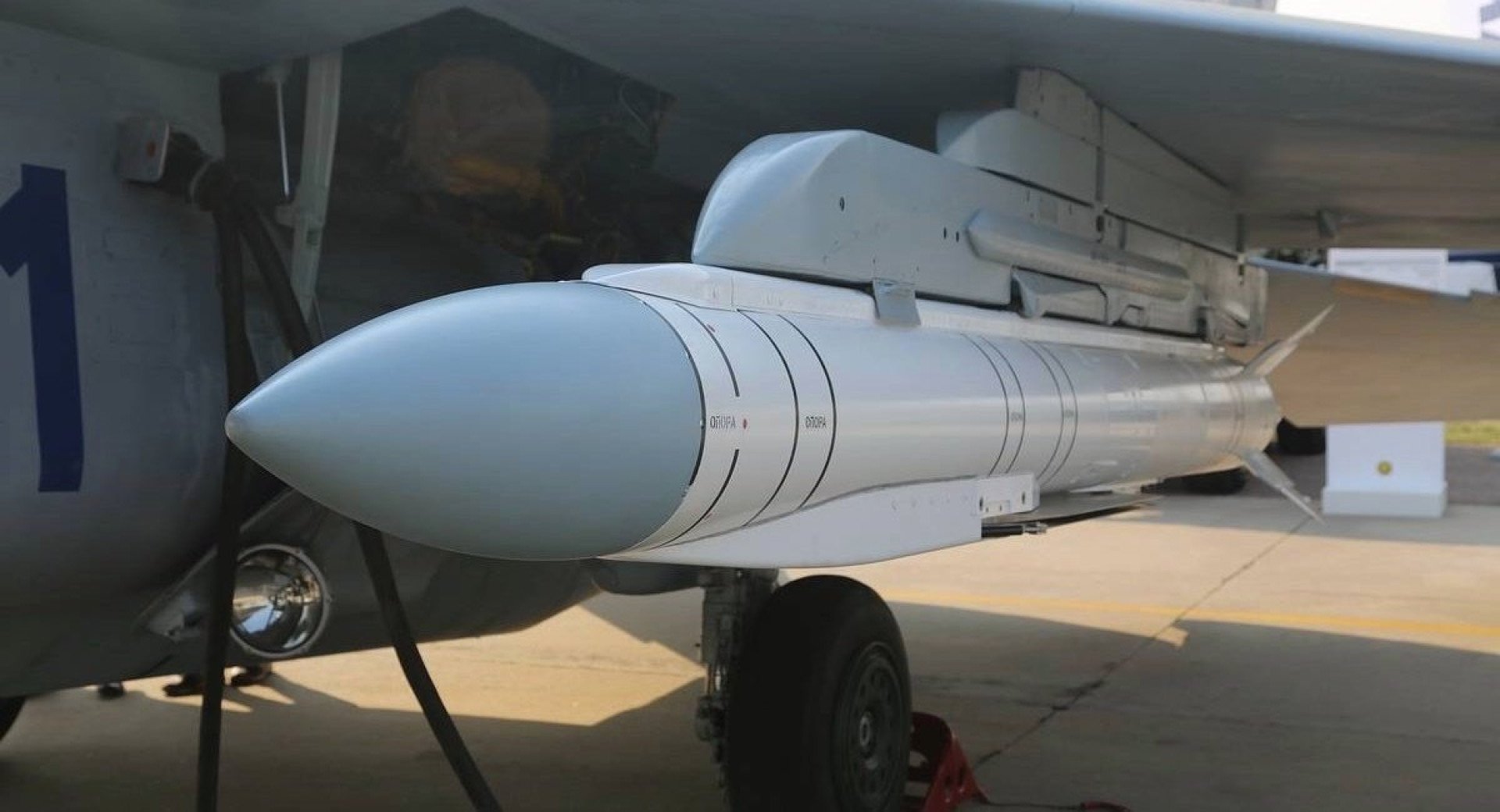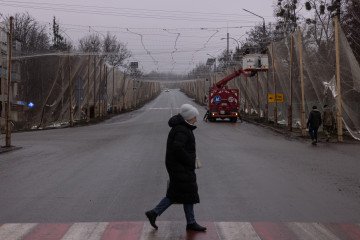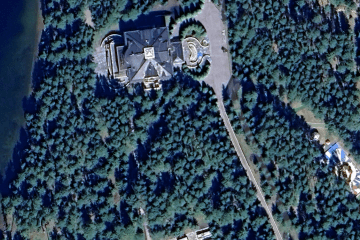- Category
- War in Ukraine
Russia Dropped a Grom-E1 Missile-Bomb on Kharkiv. What Kind of Weapon Is This, and Why Is It Called a Copy of the American JDAM-ER?

Kharkiv has been under heavy shelling throughout the first days of September. Among the weapons Russia has used against the city is its latest development, the Grom-E1.
Russia has already used nearly its entire arsenal of bombs and missiles against Kharkiv—the largest city in eastern Ukraine—including KAB, FAB, S-300/S-400, Iskanders, and others. However, as the city’s mayor, Ihor Terekhov, stated, a new type of weapon, the Grom-E1, was used for the first time on September 2nd.
Grom-E1: A Hybrid of a missile and a bomb
This is how the relatively new weapon that Russia presented and began producing in the mid-2000s is described. The idea behind the Grom-E1 was to take an already existing guided aerial bomb and increase its range by adding an engine. This is how the hybrid of a missile and a bomb was created. It works as follows: the aircraft drops the bomb, the wings unfold, and the engine starts.
Thanks to the engine, such a weapon has a significantly increased range. According to available specifications, the Grom-E1 can be launched from 120 km away from the target. For comparison, a regular guided aerial bomb has a range of 60 km to 80 km, according to various estimates.
The bomb's total weight is 594 kg, with a warhead weighing 315 kg. A special modification without an engine is also available: in that case, the warhead weight increases by 165 kg, and the flight range is almost halved. This version is called Grom-E2.
The missile is referred to as an analog of the American JDAM-ER bomb. The difference is that, despite all the claims, the Russian version of the bomb is not accurate. In contrast, the JDAM-ER is quite precise, as stated by representatives of the Ukrainian Air Force, who have already had the opportunity to use the American-supplied bombs.
Developer of Grom-E1: Tactical Missile Armament Corporation
The engineers based their work on another existing missile, the Kh-38, which has a supersonic speed and a range of up to 40 km.
The bomb-missile was first presented in 2015, and by 2019, the manufacturer announced the completion of all tests for both versions, E1 and E2. At the same time, it is currently unknown whether the Grom-E1 has been adopted for service and put into mass production. It is known that the production scale of the Kh-38 missile is quite small: only a few units per month, about four units.
The first mentions of this type of weapon being used in Ukraine were in March 2023 in the Donetsk region. The missile did not detonate, allowing it to be studied and examined. In the fall of 2023, strikes with this missile were carried out on Kupiansk in the Kharkiv region. In early 2024, the Grom-E1 was used to shell Kherson. Six months later, the Russians used this weapon to shell Kharkiv. It should be emphasized that despite Russian claims of missile accuracy, all the destruction in Kharkiv over the past three days has affected civilian infrastructure.
How does Grom-E1 differ from a regular aerial bomb?
An aerial bomb essentially only has added wings, allowing it to be launched at targets up to 65 km away. Meanwhile, the Grom-E1 not only has wings but also an engine, allowing it to fly much farther—up to the aforementioned 120 km. There are many aerial bombs in Russian stockpiles, which is why they are used so extensively. Meanwhile, the Grom-E1 needs to be manufactured from scratch, so there are no significant reserves, and the use of these missiles is rare.
Ukraine does not have enough air defense systems to counter such hybrid bomb-missiles. The only option is to destroy the aircraft and airfields from which these missile carriers take off. For this purpose, Ukraine is asking its Western partners for permission to strike airfields located near the border with Ukraine using long-range missiles. There are at least two dozen such airfields, and destroying them could protect peaceful cities from shelling."
-29a1a43aba23f9bb779a1ac8b98d2121.jpeg)

-f88628fa403b11af0b72ec7b062ce954.jpeg)
-b63fc610dd4af1b737643522d6baf184.jpg)



-24deccd511006ba79cfc4d798c6c2ef5.jpeg)